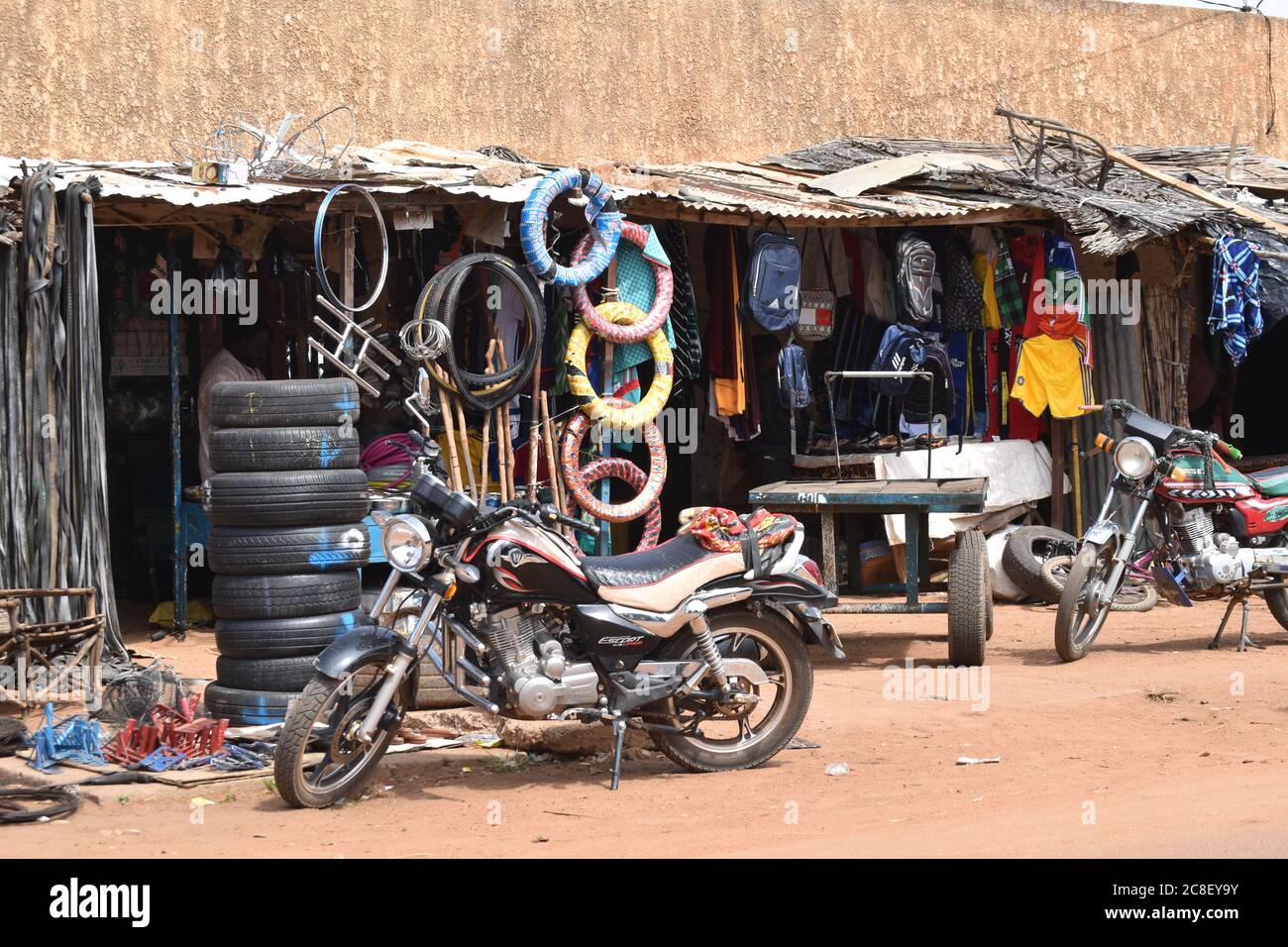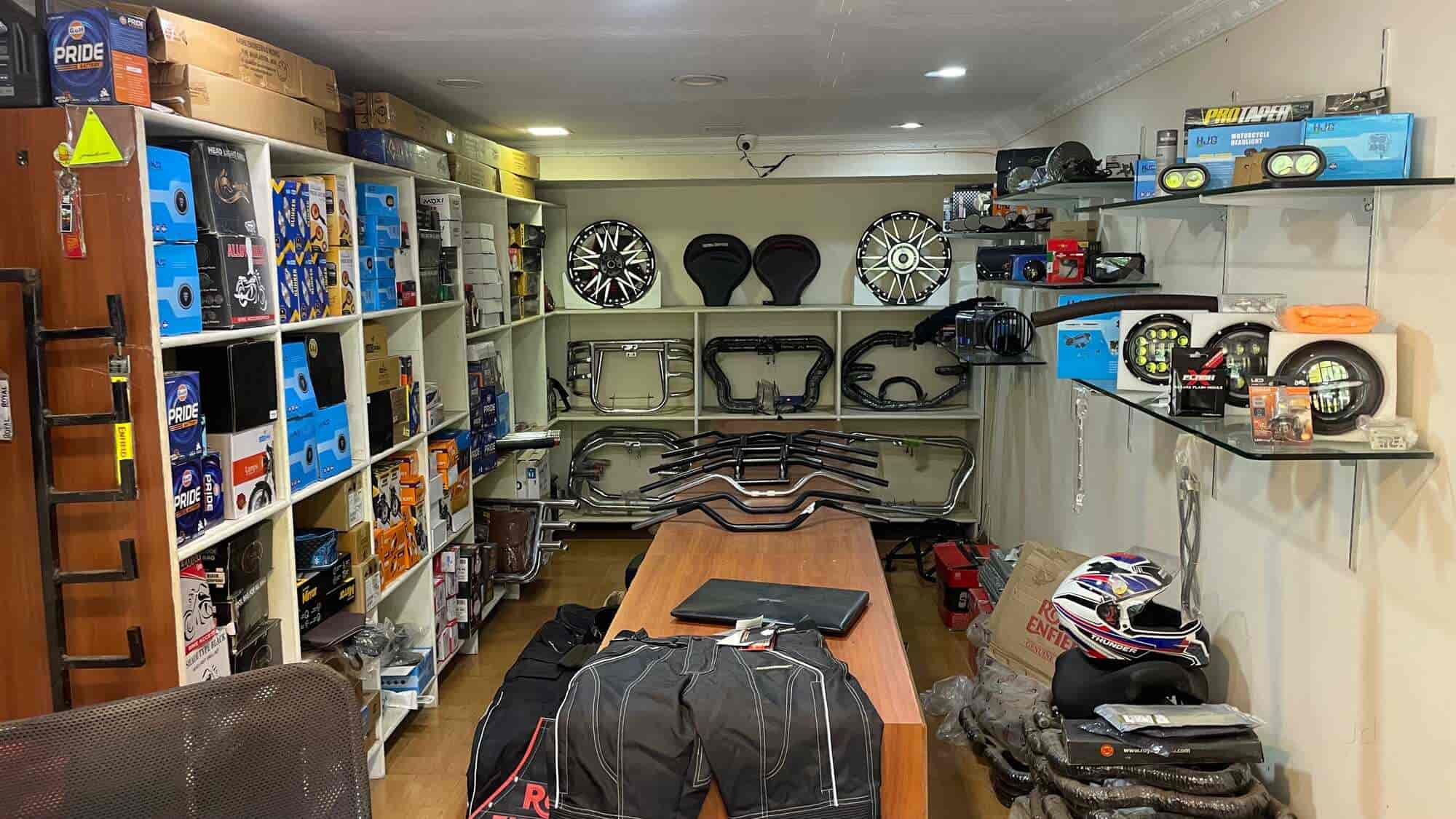Mastering Motorcycle Gears: Just How to Maximize Your Riding Experience
In the world of motorcycling, mastering the art of equipment manipulation is crucial for improving your riding performance. Effectively utilizing and recognizing motorbike equipments can substantially affect fuel, acceleration, and control effectiveness, transforming an ordinary adventure into a smooth, electrifying trip. By integrating precise shift timing and adapting gear selection to numerous road problems, cyclists can ensure optimum engine performance and safety. The nuances of clutch control, throttle coordination, and gear technicians bid a much deeper exploration, promising to open the full possibility of your equipment. Exactly how can these methods be utilized to genuinely enhance your riding experience?
Comprehending Gear Mechanics
At the core of motorcycle dynamics, gear mechanics play a pivotal role in transforming engine power right into activity, inevitably determining speed and control. The equipment proportions, thoroughly designed, determine the relationship in between engine transformations and wheel turns, influencing acceleration and gas performance.
Understanding gear mechanics starts with identifying the relevance of the gearbox, which houses multiple gears of varying sizes. These equipments interact with a process referred to as meshing, where teeth of various gears engage to transmit power. The precision of this interaction is important; any misalignment or damage can result in inefficient power transfer, hindering performance. Additionally, the setup and size of equipments influence the bike's ability to take care of different lots and speeds.
Furthermore, the idea of equipment moving is important to optimizing efficiency. Prompt and smooth changes guarantee that the engine runs within its optimum power band, stopping unnecessary stress and improving longevity (motorcycle shop). By understanding these mechanical intricacies, riders can accomplish a harmonious blend of control, efficiency, and power, boosting their riding experience
Timing Your Shifts
Shift timing mastery is necessary for optimizing bike efficiency and boosting the riding experience. Effectively timed changes make sure that the engine operates within its optimum power band, which is critical for preserving control, accomplishing smooth velocity, and ensuring the long life of the bike. Cyclists need to establish an intuitive sense of when to move gears, which includes understanding the partnership between engine transformations per minute (RPM) and rate.
To master shift timing, pay very close attention to the engine's noise and really feel, as these offer important ideas concerning when to change gears. The ideal change point generally takes place when the engine comes close to the top variety of its power band without getting to the redline. Changing too early can cause an absence of power, while moving far too late might create unneeded engine stress
Furthermore, roadway conditions and riding design impact change timing. As an example, in city settings, smoother and more frequent shifts may be essential to browse web traffic successfully. On the other hand, throughout highway riding, fewer changes at higher rates can be better suited. Exercising in different atmospheres will certainly enhance your ability to time shifts specifically, eventually raising your riding experience to an expert degree.
Enhancing Fuel Effectiveness
While mastering motorbike gears is critical for performance, improving fuel performance is just as motorcycle exhaust crucial for both economic and environmental factors. Optimum gas usage not just minimizes functional expenses but additionally reduces the ecological footprint of riding. To accomplish this, one have to recognize the complex connection between equipment selection and engine performance.
Riding in a greater equipment at reduced rates can lead to engine lugging, which is harmful to both gas economy and engine health and wellness. Alternatively, riding in reduced equipments at high speeds results in unnecessary gas consumption.
In addition, regular maintenance plays a crucial function in fuel effectiveness. Guaranteeing that the motorbike is well-tuned, with clean air filters and properly pumped up tires, can boost the rules of aerodynamics and decrease fuel wastefulness. Additionally, embracing a riding design that welcomes gradual velocity and smooth slowdown can contribute to much better fuel economic climate.

Techniques for Smooth Transitions
Achieving smooth gear shifts is fundamental to boosting the riding experience and making certain the long life of a bike's transmission system. Appropriate gear changing not just adds to a smooth adventure but likewise lessens damage on the mechanical parts. To grasp the art of smooth changes, cyclists should concentrate on a couple of crucial techniques.

Second of all, clutch control plays a pivotal role. Involving and disengaging the clutch efficiently requires practice. The clutch bar must be launched gradually, enabling a smooth transfer of power from the engine to the wheels without creating a shock or sudden movement.

Adjusting to Road Conditions
Navigating varied roadway problems is an essential ability for any motorcyclist aiming to maintain control and security. Whether you're riding on wet surface areas, gravel roadways, or navigating More hints doglegs, your capacity to adapt your equipment usage and riding strategy is paramount. Understanding how to adjust your equipments suitably can considerably impact traction and stability, ensuring a much safer journey.
In contrast, when riding on crushed rock or unequal terrain, lower gears are preferable. Reduced equipments give better control and allow you to respond even more swiftly to unforeseen adjustments in the road surface area.
Sharp curves demand specific equipment management to balance rate and control. Downshifting prior to going into a curve can help preserve momentum while making certain the motorbike continues to be steady throughout the turn. Constant method in different problems boosts your ability to predict and react to adjustments in roadway texture and incline.
Conclusion
Grasping motorbike equipments considerably improves the riding experience by enhancing velocity, fuel, and control effectiveness. Adjusting equipment option to different roadway conditions, such as using higher equipments on wet surfaces and reduced gears on gravel, riding jacket further improves handling and safety and security.
Comprehending equipment technicians begins with recognizing the significance of the gearbox, which houses multiple gears of varying sizes. These equipments engage through a procedure known as meshing, where teeth of different equipments involve to transmit power (motocross parts nz). Gentle changes to the throttle throughout equipment changes can prevent jerky activities and keep a regular riding speed
Whether you're riding on damp surface areas, crushed rock roads, or navigating sharp turns, your capacity to adapt your gear use and riding technique is critical. Adapting gear option to various road problems, such as using greater equipments on wet surface areas and lower equipments on gravel, further enhances handling and safety and security.